Propelling space exploration with additive manufacturing and 3DXpert
More than half a century has passed since mankind’s first steps on the Moon, and lunar missions remain a challenging undertaking. But space exploration got a new boost as 3D printing technology opened the doors to rapid product development and novel methods of mass reduction. Today additive manufacturing companies are invaluable allies in lunar missions.
One such example is Agile Space Industries, a provider of in-space propulsion solutions. Based in the US, the company manufactures thrusters and rockets engines, offering everything from design, 3D printing services, subtractive manufacturing to testing capabilities.
Their clients include lunar exploration companies like Astrobotic, whose Griffin Mission One is planned to deliver a NASA rover to the Moon’s south pole in 2024, and ispace, who aim to construct a sustainable earth and Moon ecosystem. Along with several other lunar missions.
Additive is a perfect manufacturing method for rocket thrusters and engines. “With engine components for space applications weight is an important factor,” Dustin Crouse, senior additive manufacturing engineer at Agile Space Industries, says. “Additive manufacturing opens the design space to infinite possibilities. It allows us to drastically reduce the mass and quickly iterate on new designs.”
Companies rely on Agile Space to get state-of-the-art solutions – quickly. “We can go from design, manufacturing, to assembly and hot-fire test within weeks. Traditionally it takes years to go through a single design iteration,” Crouse explains. “We can manufacture as-built parts two days after our engineers release the design. That’s mind-boggling.”
Agile uses 3DXpert, Oqton’s industrial 3D printing software, for efficient production of 3D printed parts.
Ensuring traceability in production
The software has proven key to maintaining consistency from build to build. When development engineers hand over a part to production engineers for build preparation, it’s good practice to "lock" a set of parameters and limit what can be changed to ensure the part stays the same.
At Agile, production engineers get the files in the “operator” environment, a workspace where they can move parts, delete components and update the serial numbers, but other software functionalities are locked. "This allows us to offload build preparation to an operator and not worry that they might accidentally change how the part is going to be printed,” Crouse explains.
Using the operator also saves time on re-slicing. “When you update serial numbers in the regular 3D printing environment, you have to re-slice a part – and that could take hours. In 3DXpert, you can open the part already sliced in the operator environment, and you just re-slice the part labels. That takes just a couple of minutes,” he adds.
“When you update serial numbers in the regular 3D printing environment, you have to re-slice a part – and that could take hours. In 3DXpert, you can open the part already sliced in the operator environment, and you just re-slice the part labels. That takes just a couple of minutes,”
“We are currently working on large components that take an hour and a half to slice. If we had to iterate and re-slice the entire component every time we change a serial number, it would be an additional hour and a half. With the operator, it’s just a couple of minutes,” Crouse explains.
Slice and stay faithful to the design
Agile Space Industries’ director of additive manufacturing Kyle Metsger identifies several advantages that 3DXpert brought to their slicing process – time savings, eliminating variability, and lower hardware requirements. These stem from one capability: slicing 3D models in their native file formats.
Other 3D printing software requires users to convert a model to an STL file to slice. This used to cause many operational headaches for Metsger, and one of the biggest was the inadvertent changes to the original geometry.
“Every one of our components has fine channels, fine features, and critical tolerances. When you take a CAD model and turn it into an STL, you create an approximation of the original geometry and introduce variation. Since we're printing holes and channels that are several thal (thousandth of an inch) in diameter, dimensional variation is very hard to control,” Metsger explains.
“Converting to an STL causes deviations of the geometry, which also means that you’re redefining features in an unknown way. That is a risk and one that we don’t have to deal with at all in 3DXpert.
”
It is possible to repair the STL, but editing a customer geometry makes it very difficult to ensure you cleanly meet regulatory requirements in Metsger’s experience.
Variation leads to other major issues, highlights Benjamin Graybill. “Converting to an STL causes deviations of the geometry, which also means that you're redefining features in an unknown way. That is a risk and one that we don't have to deal with at all in 3DXpert,” he says.
“All of our products are performance-driven, but the performance comes inherently from the features. The more faithfully we can build those features, even on a fine resolution, the better we can represent the design,” Graybill adds.
Fast data preparation – even with complex geometries
One of the biggest improvements is the time to slice, hardware requirements, and small file sizes. A lot the components Agile Space Industries manufacture have a very ‘beefy’ CAD model because of the many internal features and high resolution. Complex CAD geometries make for big STL files. Big STL files require a lot of RAM.
“When you convert one of our CAD models into an STL, it could be a 1 gigabyte or larger. The hardware requirements for a file of that size incrementally increase. We've had situations where we move the file within the data preparation software, and it takes 20 minutes to load. In 3DXpert, you're slicing the native CAD model and the RAM requirements are much smaller,” Metsger explains.
When they printed a four-inch thruster injector component without 3DXpert, data preparation took 14 hours and there was a one to five Micron deviation in the STL file, depending on the resolution.
This had significant implications for their workflows. “We used to do the data preparation during the workday and let the computer run overnight to slice the file. We couldn’t print the part on the same day. With 3DXpert, we’ve seen a 60 to 70% reduction in overall time from build prep to machine,” Metsger adds.
“We used to do the data preparation during the workday and let the computer run overnight to slice the file. We couldn’t print the part on the same day. With 3DXpert, we’ve seen a 60 to 70% reduction in overall time from build prep to machine.”
Two production sites. One digital thread.
Another important advantage of 3DXpert is the ease of creating a single, continuous digital thread for projects running on different locations.
Agile Space Industries manufacturers parts on two sites, in Mount Pleasant, Pennsylvania and Durango, Colorado. Smooth communication and file transfer between the two sites as integral to their operations, in Graybill’s view. “Even small errors in the digital thread cannot be tolerated when you create mission-critical components. We need an airtight digital thread across the entire manufacturing process,” he explains.
“3DXpert software reduces the amount of pain points and bottlenecks in the digital thread. Integrating all our data preparation into one software, we have streamlined and reduced any chances of errors happening in conversion processes or in simple handoffs between the teams”




